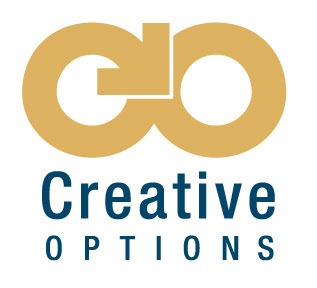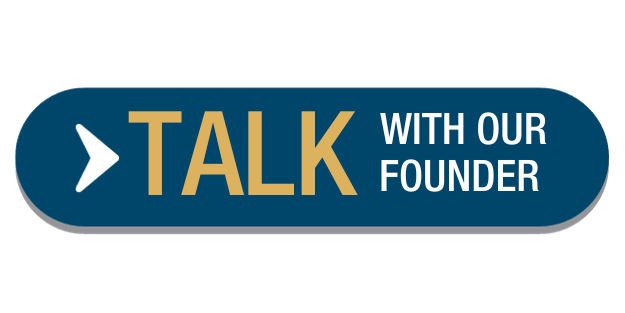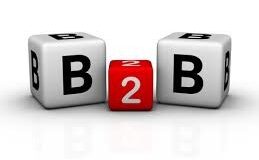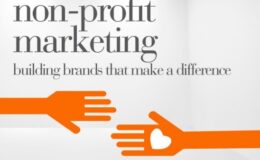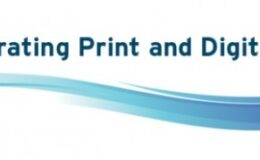The town of Fredericksburg, Texas is the heart of the beautiful Hill Country – about 80 miles west of Austin and 70 miles northwest of San Antonio. We’re very lucky to have an office in such a wonderful small town that is full of so much history, shopping, great restaurants and outdoors activities. And right down the road is the town of Luckenbach, Texas. Yes, the very same place that Willie Nelson and Waylon Jennings made famous in their song, Luckenbach, Texas, Basics of Love. So, when I heard that song recently, it got me to thinking, I get so wrapped in marketing terms I throw around easily, that I sometimes forget people (clients) oftentimes don’t know what they mean or even understand the definition.
So, with apologies to Waylon Jennings, Let’s Get Back To The Basics of Marketing Terms:
Call To Action
A call to action is a text link, button, image, or some type of web link that encourages a website visitor to visit a landing page and become of lead. Some examples of CTAs are “Get 50% Off” or “Download the Whitepaper Today.”
A/B Testing
Testing two different versions of the same landing page to evaluate which one performs better.
Bounce Rate
Bounce rate is the rate at which a visitor clicks away from your page without converting.
Funnel
The process logic as a visitor gets to your page and completes the “transaction.” Think of a visitor as someone at the top of your sales and marketing funnel. How do you push them to the bottom of the funnel?
Design Layout
How the landing page is designed. For instance, the form can be placed on the left side of the page, while the description of the offer is on the right.
Website Navigation
A web page element, usually located at the top, with links that help visitors to navigate through a website.
Click Through Rate (CTR)
CTR us the percentage (the number of unique clicks divided by the number that were opened) of recipients that click on a given URL in your email, text ads.
Conversion Rate
The number or percentage of recipients who respond to your call-to action in a given marketing campaign, whether it be pay per click, SEM or even traditional media. This is the measure of your campaign’s success. You may measure conversion in sales, phone calls, opportunities or appointments. At Creative Options we put a tremendous amount of effort into increase conversion rates.
Landing Page
A lead capturing page that may or may not be separate from your main website. It can be a link that provides additional information directly related to products or services promoted by a company’s call-to-action. Every unique landing page is designed to capture leads or a tracking in order to determine RO I.
Viral Marketing
Word-of-mouth marketing that is carried out voluntarily by a company’s advocates. Email has made this type of marketing very prevalent. Tools such as “send this page, article or website to a friend” encourage people to refer or recommend your newsletter, company, product, service or specific offer to others.
Blog
What you’re reading now. Blogs are usually maintained by an individual or group of people. A personal blog or business blog will traditionally include regular entries of commentary, descriptions of events, or other material, such as photos and video. Note: if you are blogging for business, you should always add a call-to-action to ensure your blog is generating leads.
Inbound Link
A link from one site into another. A link from another site will improve your SEO, especially if that site has a high Page Rank.
Keywords
A word or phrase submitted to a search engine in an effort to locate relevant documents or websites. Picking keywords is the process of determining what topics are most relevant to your target audience or buyer persona and crafting content around those topics.
Long Tailed Keywords
An uncommon or rarely used keyword. Small businesses should consider targeting long-tail keywords. Generic keywords, such as “Dallas advertising agency,” are more competitive than narrower keyword combinations, such as “market segmentation for increasing return on investment.”
Meta Data
Data that tells search engines what your website is about.
Meta Tags
A comprehensive term that is comprised of meta titles, descriptions and keywords. These three items together are what are referred to as meta tags. The tags are elements that provide information about a given web page, most often to help search engines categorize them correctly. Note: these are inserted into the HTML and as such are not directly visible to a user visiting the site.
Pay Per Click (PPC)
Advertising technique in which an advertiser puts an ad in an advertising venue, and pays that venue each time a visitor clicks on a text ad. Google AdWords is the classic and most used example of this.
SERP (Search Engine Ranking Page)
The page that you are sent to after you run a query in a search engine. Typically it has ten results on it, but this may vary depending on the query and search engine in question.
Segmentation
Segmentation refers to the process of separating your target audience into personas with different needs and preferences. These segments will ideally be marketed to in a way that reflects their specific experiences or interests. You can read more about it by clicking here.
Inbound Marketing
Inbound marketing is a style of marketing that focuses on getting found by new visitors, converting traffic into leads, and analyzing performance. It’s a concept based on Seth Godin’s idea of permission marketing.
Search Engine Optimization
Search Engine Optimization is the process of improving the volume or quality of traffic to a website from search engines via unpaid or organic search traffic. You can read more about it by clicking here.
Social Media
Social media is media designed to be disseminated through social interaction, created using highly accessible and scalable publishing techniques.
Web Analytics
Web analytics is the measurement, collection, analysis and reporting of Internet data for purposes of understanding and optimizing web usage.
Impressions
This measurement is used to count the number of times a person is viewing an ad or message. Impressions have become a very important metric with online marketing. But not as important as conversion rates.
QR Code
A QR code (abbreviated from Quick Response code) is a specific matrix barcode (or two-dimensional code) that is readable by dedicated QR barcode readers and camera telephones. The code consists of black modules arranged in a square pattern on a white background. The information encoded may be text, URL, or other data.
There is a short list of terms we use on a daily basis. Hopefully marketing terminology doesn’t hurt year head too much. If it does contact us, and we’ll break it all down for you. Or if you ever find yourself in Luckenbach, Texas, you just might see one of us there enjoying the good life.
